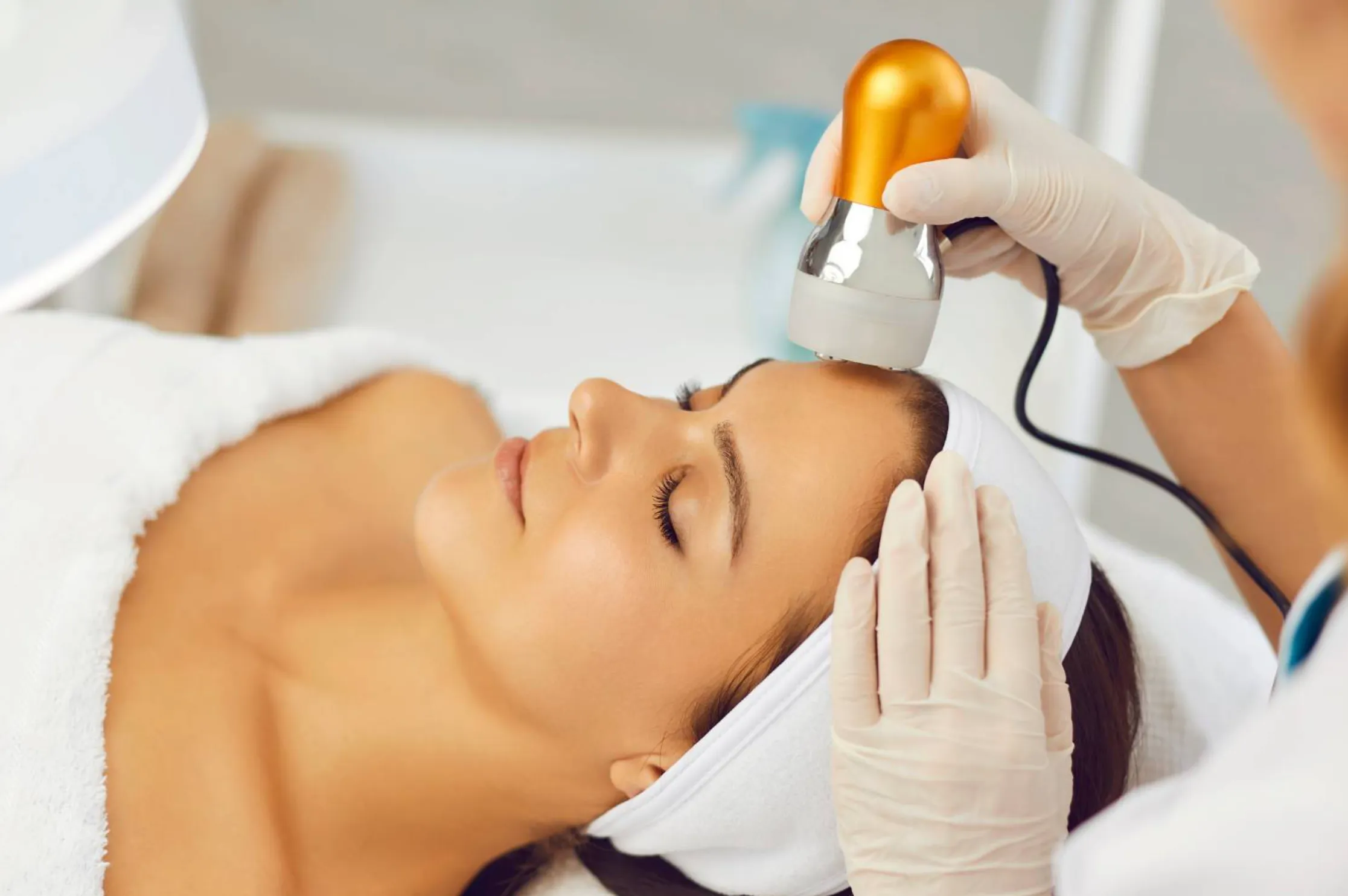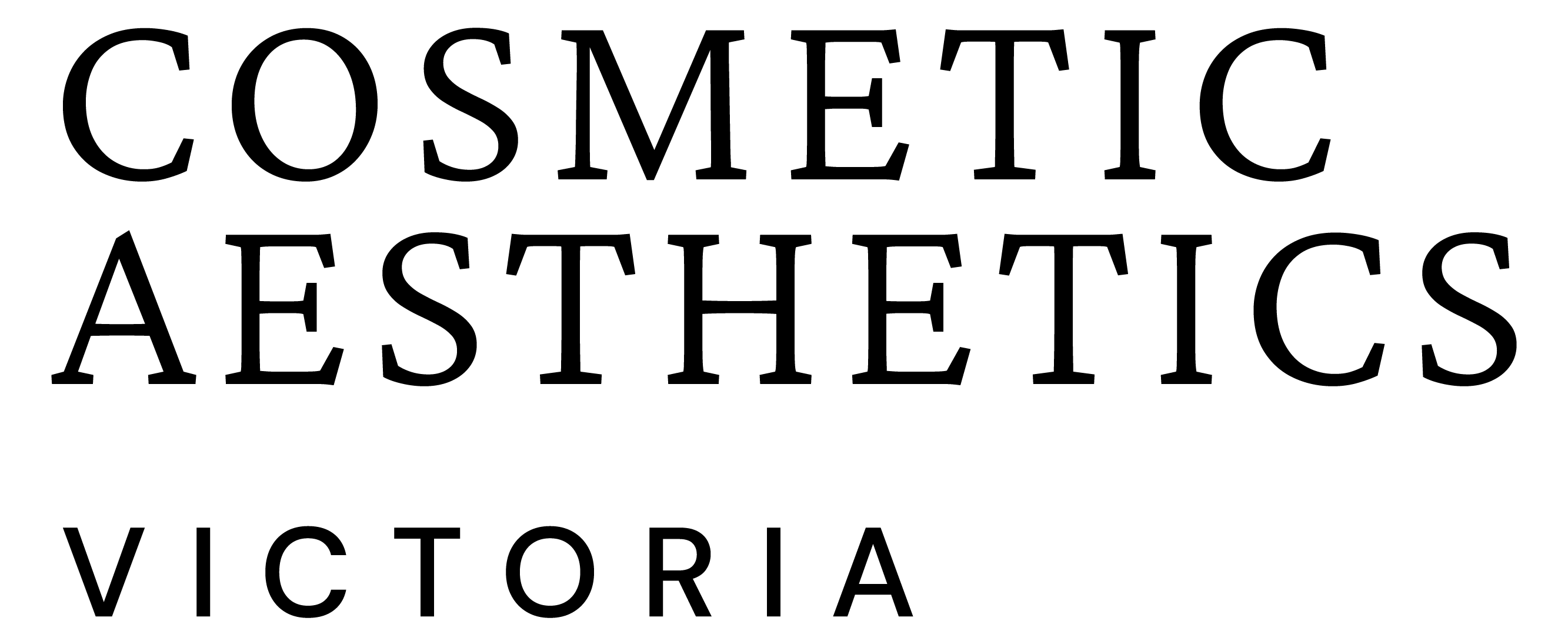
Laser Stretch Mark Removal: A Comprehensive Guide
Stretch marks are a widespread skin concern caused by factors such as pregnancy, puberty, or rapid weight gain. Although they are harmless and do not affect physical health, the aesthetic impact of these marks often leads individuals to seek treatments that can minimise their appearance.
Among the various options available, laser treatments have become a popular choice for reducing the appearance of stretch marks and improving skin texture.
This guide explores the intricacies of laser stretch mark treatments used, their benefits, effectiveness, and the overall procedure while discussing alternative treatment options for stretch marks.
Let’s get straight to the point
Laser stretch mark removal is a popular and effective treatment that uses laser technology to reduce the appearance of stretch marks by stimulating collagen production, breaking down scar tissue, and enhancing skin texture.
Suitable for most individuals, the procedure is particularly effective on newer red marks but can also improve older, white scars with multiple sessions.
Recovery is quick, with minimal downtime, though results vary based on skin type and the age of the marks. Alternatives like topical creams, microneedling, and chemical peels are available for those seeking non-laser options.
In Australia, treatments cost between $300 and $1,500 per session, with package deals often making it more affordable. For optimal results, combining treatments and consulting a specialist is recommended.

What Are Stretch Marks?
Stretch marks, or striae, are a type of skin scarring that occurs when the skin is stretched beyond its capacity. This stretching disrupts the production of collagen and elastin, the proteins responsible for maintaining the skin’s elasticity and structure. As a result, tiny tears appear in the dermal layers, creating visible marks on the skin’s surface.
Common Causes Of Stretch Marks
- Pregnancy: As the abdomen expands rapidly to accommodate a growing baby, pregnant women are prone to developing stretch marks, particularly in the late stages of pregnancy.
- Rapid Weight Gain: Sudden changes in weight can overstretch the skin, leading to the formation of new stretch marks.
- Puberty: Growth spurts during adolescence often trigger the appearance of stretch marks, especially on areas like the hips, thighs, and lower back.
- Rapid Growth: Athletes and bodybuilders undergoing rapid muscle growth may notice stretch marks due to increased skin tension.
- Medications: Prolonged use of certain medications, such as anti-inflammatory drugs, can weaken the skin’s structure, increasing its susceptibility to stretching and tearing.
Types Of Stretch Marks
Stretch marks vary in appearance depending on their age and severity:
- Red Stretch Marks (Striae Rubra): These appear in the early stages as reddish or purplish streaks due to blood flow in the affected area.
- White Stretch Marks (Striae Alba): These are older stretch marks that have faded over time, becoming silvery or whitish. They are often harder to treat.
- Purple Stretch Marks: These are similar to red marks but tend to be darker and more pronounced, commonly seen during the initial stages of development.
Stretch marks can appear on several parts of the body, including the abdomen, thighs, breasts, hips, and upper arms. For many who develop stretch marks, their presence can impact self-confidence, leading them to seek professional solutions like laser therapy.
Understanding Laser Stretch Mark Removal
Laser stretch mark treatments are cosmetic procedures that use light energy to address affected areas, reducing the visibility of stretch marks and promoting a smoother appearance.
How Laser Therapy Works
- Stimulates Collagen Growth: The laser penetrates deep into the skin, activating the production of new collagen, which strengthens and smoothens the treated area.
- Breaks Down Scar Tissue: By targeting the deeper layers of the skin, laser energy disrupts the structure of existing scars, allowing the skin to heal more evenly.
- Improves Skin Health: Laser treatment boosts blood flow and encourages the production of new skin cells, which helps in the regeneration of the affected area.
Effectiveness Of Laser Treatments
Laser treatments are widely regarded as one of the most effective treatments for treating stretch marks now. While complete removal is uncommon, laser treatments can significantly reduce the visibility of stretch marks, offering noticeable improvements for many individuals.
“Most patients experience significant improvement early stretch marks after multiple sessions, though individual outcomes vary based on skin type and the age of the marks.”
The Laser Stretch Mark Removal Process
Step-By-Step Process
- Consultation and Skin Assessment: A consultation with a cosmetic specialist helps identify the most appropriate treatment plan based on your skin type and the appearance of stretch marks.
- Preparation: The treatment area is cleaned, and a topical numbing cream is applied to minimise discomfort during the procedure.
- Laser Application: The specialist uses a laser device to emit precise laser energy onto the treatment area, targeting surface-level and deeper skin layers.
- Post-Treatment Care: After the session, the treated area may feel tender or appear slightly red. Regular moisturising and avoiding sun exposure are recommended for optimal results.
How Many Treatments Are Needed?
The number of sessions required to achieve optimal results depends on the type and severity of the stretch marks:
- Red Stretch Marks: Typically require fewer treatments, as these marks respond better to laser therapy.
- White Stretch Marks: May need 4–12 sessions, as older scars are more resistant to treatment.
What To Expect During Recovery
- Temporary side effects like redness, swelling, or blistering are common but generally subside within a few days.
- The treated area should be kept moisturised, and direct sun exposure should be avoided to prevent pigmentation issues.
- Most patients can return to normal activities within 24 hours, making laser therapy a convenient option.
Am I A Good Candidate For Laser Treatment?
Who Can Benefit?
Laser stretch mark removal is suitable for most individuals, particularly those who want laser technology to reduce the appearance of early red stretch marks or improve the texture of older stretch marks.
Who Should Avoid It?
- Pregnant women and breastfeeding mothers are recommended to postpone treatments until after pregnancy or nursing.
- Individuals with darker skin tones may benefit from tailored approaches to reduce the risk of pigmentation concerns, which can be discussed during consultation.
- Individuals using certain medications, such as anti-inflammatory drugs, or those with active skin infections should avoid laser treatments until cleared by their doctor.
Alternative Methods To Treat Stretch Marks
For those who prefer alternatives to a laser procedure for stretch mark removal, several other options can help reduce the appearance of stretch marks.
Topical Creams
- Retinoids: Products containing Vitamin A derivatives may support skin renewal and improve the appearance of stretch marks.
- Hyaluronic Acid: Found in many topical creams, it helps retain moisture and stimulates collagen production.
Microneedling
This procedure involves using fine needles to puncture the skin, promoting collagen growth and improving texture. While less an effective treatment than lasers, it is a viable option for mild scars.
Chemical Peels
Chemical peels exfoliate the upper layer of skin, encouraging the production of new skin cells and reducing the visibility of shallow stretch marks.
Stretch Mark Removal For Different Skin Types
Fair To Medium Skin
- Responds well to non-ablative lasers and fractional lasers.
- Typically, it requires fewer sessions to achieve noticeable results.
Darker Skin Types
- Gentler technologies, like pico lasers, are recommended to minimise risks such as hyperpigmentation.
- Patients may need longer intervals between sessions for safety and optimal healing.
Combining Treatments For Optimal Results
To achieve the best possible outcomes, many patients combine laser therapy with other treatments.
Examples Of Combinations
- Fractional Lasers + Topical Creams: Targets deeper layers of skin while enhancing surface-level healing.
- Laser Therapy + Microneedling: Combines technologies to address skin texture and appearance for enhanced results.
- Collagen Injections + Laser Therapy: Addresses both scarring and elasticity for comprehensive results.
Conclusion
Laser stretch mark removal is a highly effective method for reducing the appearance of stretch marks and improving overall skin health. Whether addressing early red stretch marks, stubborn white stretch marks, or those caused by pregnancy or rapid growth, this procedure offers a reliable solution for many.
While complete removal prevents stretch marks is rare, noticeable improvements are achievable with a customised treatment plan. By consulting a qualified professional and exploring complementary options, individuals can take the first step toward smoother, more confident skin.
Frequently Asked Questions
What Is Laser Stretch Mark Treatment, And How Does It Work?
Laser treatments focus light energy on stretch marks to promote smoother, more even-toned skin by supporting natural skin renewal processes.
Are All Types Of Stretch Marks Treatable With Laser Treatments?
Both newer and older stretch marks can benefit from laser treatments, with newer marks often showing quicker results.
Is Laser Stretch Mark Removal Painful, And What Can I Expect During The Procedure?
Most patients describe the sensation during laser stretch mark removal as mild to moderate discomfort, similar to the snapping of a rubber band on the skin. A topical anesthetic is often applied before the procedure to minimise pain.
During the session, the laser device is passed over the stretch marks, and you may feel warmth or tingling. The treatment typically lasts 20 to 60 minutes, depending on the area being treated.
How Many Sessions Are Needed To See Results?
Most individuals notice improvements after 6 t0 12 sessions, depending on the appearance and age of their stretch marks.
Are There Any Risks Or Side Effects Associated With Laser Stretch Mark Removal?
Laser stretch mark removal is generally safe when performed by a qualified professional. Common side effects include temporary redness, swelling, and minor skin irritation, which usually subside within a few days. Rarely, there may be risks of pigmentation changes, scarring, or infection.
It’s important to follow pre- and post-treatment care instructions to minimise risks and optimise results. Consult with a skin therapist to ensure the procedure is suitable for your skin type and condition.
Author
-

Founder | Cosmetic Practitioner | Advanced Trainer in Non-Surgical Aesthetic Treatments
View all posts
Viktoria Andreeva, founder of Cosmetic Aesthetics Victoria & Medi Skin Clinic, is renowned for her expertise in non-surgical facial rejuvenation. With a focus on clinical excellence, she specialises in advanced skin aesthetics, offering treatments like laser resurfacing, natural skin rejuvenation, and non-surgical skin tightening.
A former senior educator at the Cosmetic Development Institute of Australia and advanced trainer for Mondeal Australia, Viktoria is celebrated for her personalised approach, helping clients achieve youthful, radiant skin while enhancing their natural beauty.
